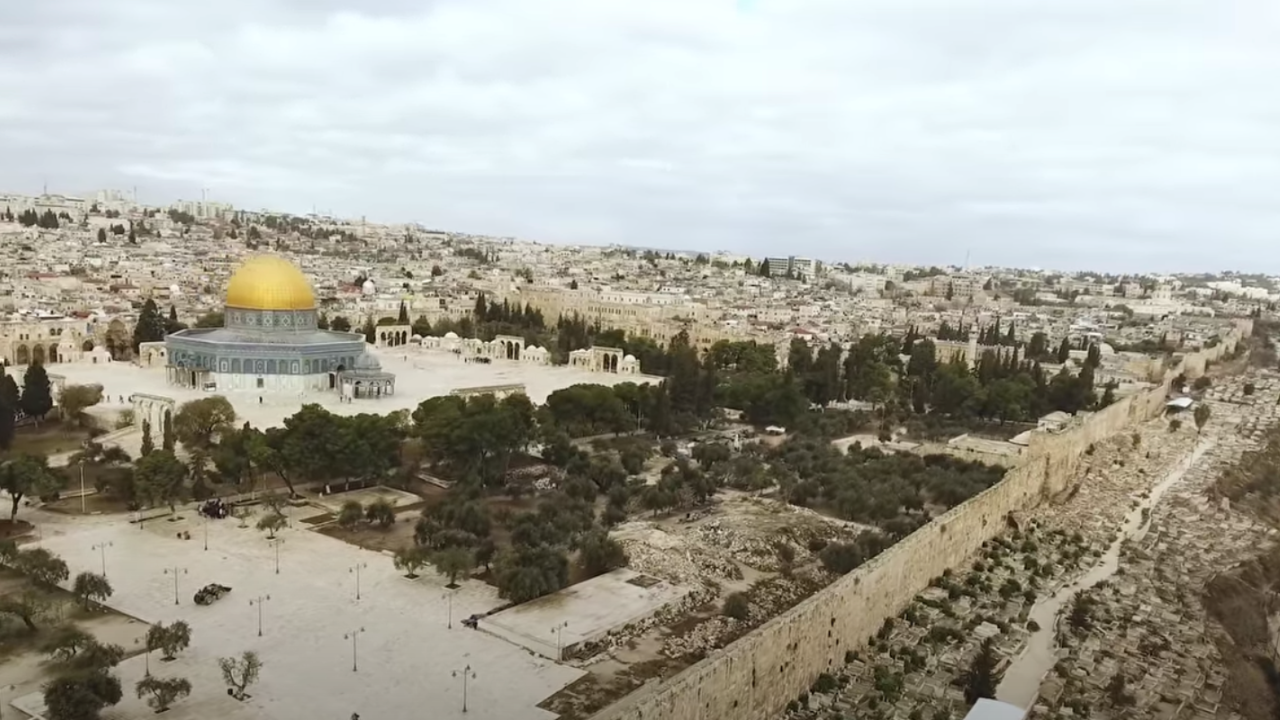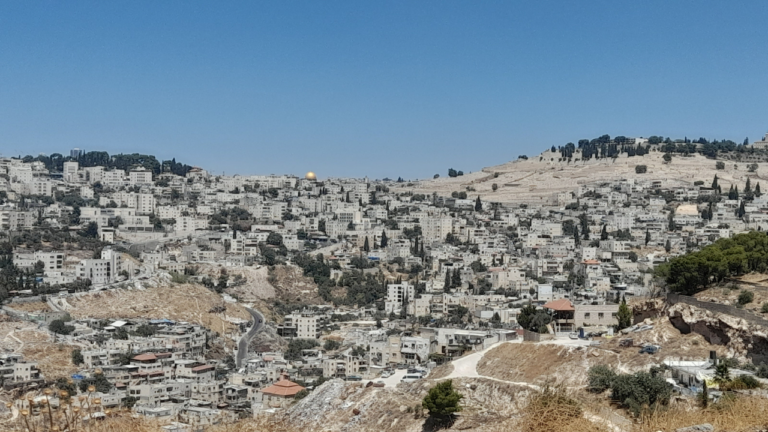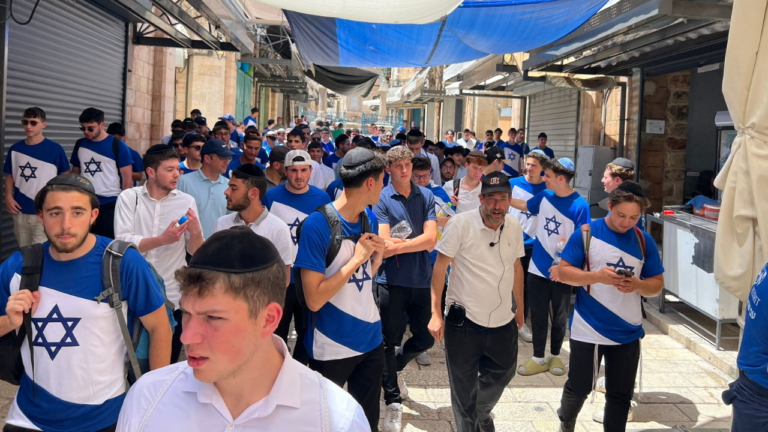The Money-Ladder of Jerusalem
Our parsha opens with the dramatic depiction of Yaakov’s dream. He sleeps on Mount Moriah and sees a ladder that stretches from heaven to earth with angels ascending and descending on it. This is a deeply spiritual moment. Yaakov lies on the location of the Beit HaMikdash in Yerushalayim, the holiest spot on earth, and sees angels rushing to do God’s bidding. Then, Yaakov hears God’s voice from above.
Interestingly, the Baal Shem Tov takes this dream in a different, more mundane, direction. He notes that the Hebrew word for ladder – sulam – has the same numerical value as the word for money – mammon. Therefore, the ladder in the dream can alternatively refer to the ladder of finacnces. The Baal Shem Tov explains that money is a physical and lowly item, represented by the fact that one end of it is on the ground, and yet it can be used to reach great spiritual heights as represented by the fact that the top of the ladder is in the heavens.
This teaching relays the dangers but also opportunity of money. On the one hand, money is a basis for so many negative phenomena. Greed and materialism stem from the existence of money. Yet, if one successfully climbs the ladder of money one can use it to reach heaven. For all its pernicious dangers, money is such a powerful tool that it can be the ladder through which one reaches the heavens.
How should one navigate the challenge of money? How can one try to ensure that he is climbing the ladder of money towards heaven and not using it to descend into the pits of the earth? Perhaps one important starting point is taking note of where the ladder rests. According to one opinion in the midrash, the bottom of the ladder which gives it support and basis is in the city of Yerushalayim.
Yerushalayim expresses the ideal of using money for a positive purpose. Both midrashim and historical sources speak of Yerushalayim as having thriving commercial marketplaces. Items were bought and sold, shops were plentiful and a lot of money transferred hands. But as opposed to the average city, much of the money revolved around the economy of the Beit HaMikdash. People needed to buy animals, birds, flour and oil for the purposes of sacrifices. Pilgrims coming to visit the Beit HaMikdash needed to purchase food and lodging. The money was being used for the purposes of mitzvot.
Similarly, the city itself is supposed to be wealthy. In the days of Shlomo when the city arguably reached its peak status, we read that “Shlomo distributed silver in Yerushalayim as [if they were] stones.” Similarly, the Talmud relates that they would not skimp on expenses during the building or service of the Beit HaMikdash as “there is no room for poorness in the place of richness.” Thus we see that richness was used as a means of honoring God’s city and ultimately God himself.
If we want to follow the Baal Shem Tov’s teaching and use money as a means of ascending the ladder towards heaven then it is worth bearing this message in mind. We should think about our money through the lens of Yerushalayim.
DOWNLOAD AND PRINT



